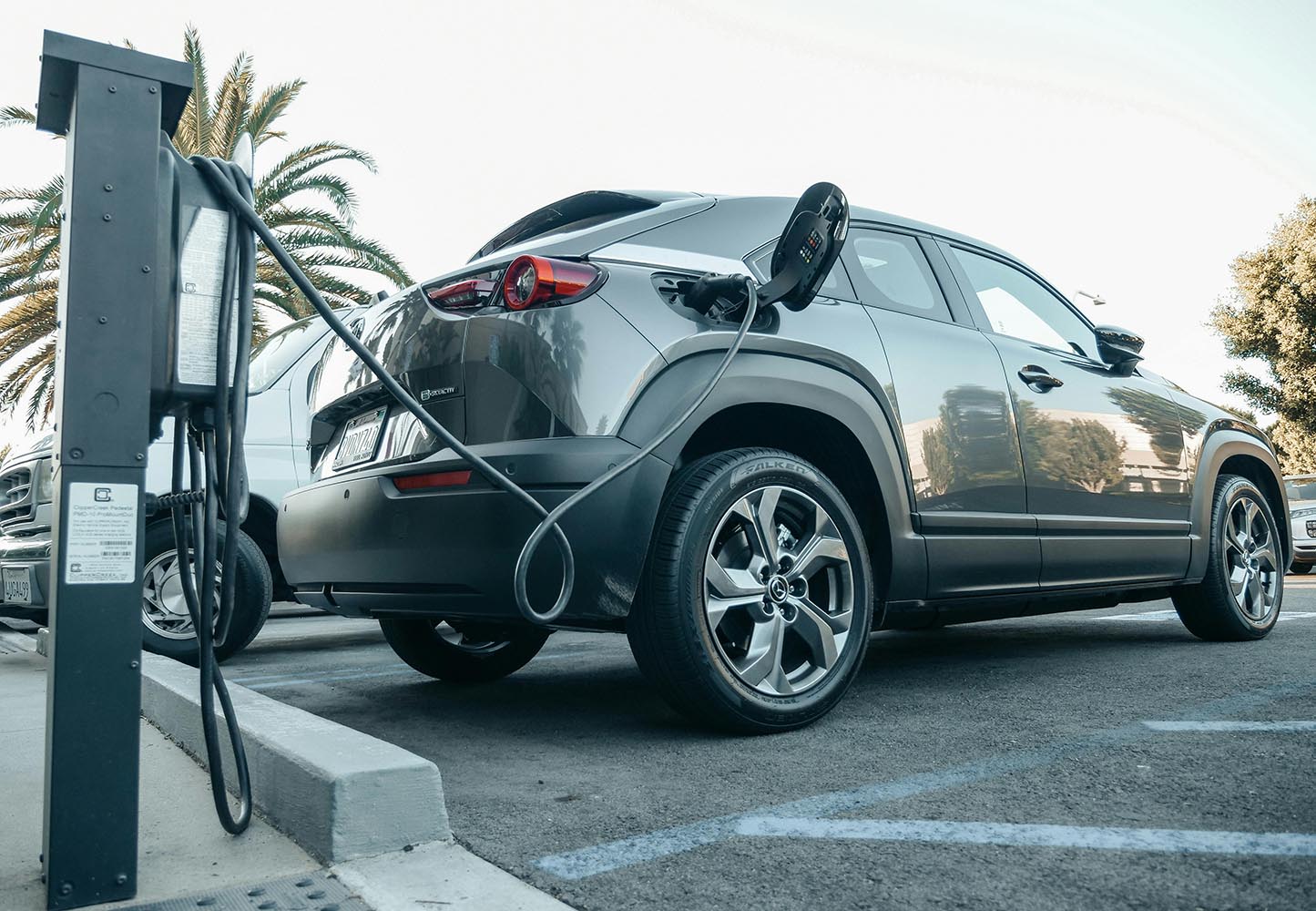
U.S. DOE updates Petroleum Equivalent Fuel Economy calculation for EVs
The U.S. Department of Energy (DOE) has played a pivotal role in shaping the landscape of vehicle efficiency and environmental standards, particularly through its work on the Petroleum Equivalent Fuel Economy (PEF) calculation. This metric is crucial for expressing electric vehicle (EV) efficiency in terms that are comparable to the miles-per-gallon (mpg) rating of gasoline vehicles, thereby aiding in the U.S. Environmental Protection Agency’s (EPA) assessment of manufacturers’ compliance with the Corporate Average Fuel Economy (CAFE) regulations set by the U.S. National Highway Traffic Safety Administration (NHTSA).
The concept of a Petroleum Equivalent Fuel Economy calculation emerged as the automotive industry began to diversify its energy sources, moving beyond traditional internal combustion engines to include electric and hybrid vehicles. This shift necessitated a new framework for measuring vehicle efficiency in a manner that could equate the energy consumption of EVs with that of gasoline-powered vehicles. The DOE first introduced the PEF as a means to bridge this gap, ensuring a fair and consistent method for evaluating all vehicles under the CAFE standards.
The original Petroleum Equivalent Fuel Economy calculation was introduced in the early 2000s, a period marked by the beginning of significant interest and investment in electric vehicle (EV) technology. This initial version was developed to integrate EVs into the Corporate Average Fuel Economy (CAFE) standards, which were established in the 1970s to improve the average fuel economy of cars and light trucks produced for sale in the United States. The PEF was last revised in 2020, with a PEF of 82,049 Wh per gallon.
Over time, as EV technology advanced and the market for electric vehicles expanded, it became apparent that the initial PEF calculations needed revision to more accurately reflect the efficiency and environmental benefits of modern EVs. The original PEF did not fully account for the advancements in battery technology, electric motor efficiency, and the overall reduction in greenhouse gas emissions achieved by electric vehicles compared to their gasoline counterparts.
In October 2021, the Department of Energy (DOE) was petitioned by the Natural Resources Defense Council (NRDC) and Sierra Club to update its regulations for calculating the Petroleum Equivalency Factor (PEF) for electric vehicles. The petitioners argued that the current regulation is based on outdated data, which leads to an overestimation of the fuel economy values for electric vehicles. They claimed that this overestimation allows automakers to comply with fleetwide fuel economy standards by producing fewer EVs, resulting in lower real-world average fuel economy across an automaker’s entire fleet.
The proposed revision was published in the Federal Register in October 2023. The final rule for the revised PEF was published in the Federal Register on March 19, 2023, establishing the new calculation for model years beginning in 2027, representing a significant update from the original PEF calculation. The new final rule phases out the multiplier while updating other data used in the calculation with more current figures.
This final rule marks a critical step forward in aligning federal regulations with the realities of modern vehicle technology and the urgent need for environmental sustainability. By adjusting the PEF to more accurately measure EV efficiency, the DOE not only promotes the adoption of electric vehicles but also supports the broader goals of reducing petroleum dependence, lowering greenhouse gas emissions, and facilitating the transition to a cleaner energy future.
This publication marked the culmination of several years of analysis, stakeholder engagement, and regulatory development, setting the stage for a more accurate and effective integration of electric vehicles into the CAFE standards.












